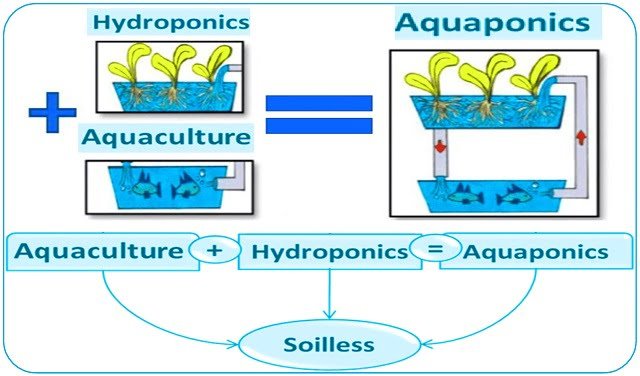USA.- This Guide to the Identification of Harmful Microalgae in the Gulf of Mexico was developed for analysts and managers world-wide involved in marine HAB monitoring, assessment and forecasting. Most of these programs are tied to public health or marine resource health and assessment, e.g., shellfish harvesting, shellfish and fish aquaculture, and finfish or marine mammal population assessments. The Guide is the result of two initial grants from the Environmental Protection Agency’s Gulf of Mexico Program and with cooperation from the University of South Florida, Florida Institute of Oceanography, Florida Fish and Wildlife Conservation Commission’s Fish and Wildlife Research Institute, Universidad Autónoma Metropolitana, Unidad Iztapalapa Ciudad de México and private funds.
This Guide is a result of two programs, the primary one was the Environmental Protection Agency (EPA) Gulf of Mexico Program Office’s mutli-year award to the University of South Florda to promote HABSOS (Harmful Algal Blooms Observing System). A second one was a short harmful algae identification workshop for public health and phytoplankton analysts in the southeast United States, co-sponsored by the Florida Fish and Wildlife Conservation Commission (FWC). One of the objectives of the EPA binational effort was to conduct hands-on training by holding workshops for Mexican scientists, managers, and technicians in the coastal Mexican states of Tamaulipas, Veracruz, Tabasco, Campeche, Yucatan and Quintana Roo. The training was for the identification and enumeration of toxic or harmful phytoplankton species in Mexican Gulf of Mexico waters and to encourage the collection of concurrent water quality data. The program was intended to establish a binational risk assessment and communications partnership to improve the state of science and develop common approaches for detecting and monitoring HABs in the Gulf of Mexico.
There are two volumes divided into 10 chapters and two appendices. Volume I: Taxonomy has four chapters. The first chapter is an introduction to the training programs that were developed for Gulf of Mexico Mexican public health officials (Allen). Following that introductory chapter are three chapters on microscopic identification of diatoms (Meave and Zamudio), dinoflagellates (Steidinger) and rhapidophytes (Tomas). Volume II: Methods & Approaches contains chapters five (V) through 10 (X). Chapter five is water column sampling strategies (Christman and Steidinger) while chapter six is how to treat and quantify those water samples (Steidinger and Christman). Chapter seven is on benthic dinoflagellate sampling (Tester and Kibler) and chapter eight is on a rapid method for sampling of dinoflagellate resting cysts (Williams). The last two chapters are on remote sensing as a HAB tool (Cannizzaro, Soto, and Hu) and on approaches to public outreach (Brown).
Reference (open):
Steidinger, K.A. & Meave del Castillo, M.E. [Eds.]. 2018. Guide to the Identification of Harmful Microalgae in the Gulf of Mexico, Volume I: Taxonomy. St. Petersburg,
FL: Florida Fish and Wildlife Research Institute. PDF. Retrieved (Date) from http://myfwc.com/research/redtide/research/scientific-products/
Editor at the digital magazine AquaHoy. He holds a degree in Aquaculture Biology from the National University of Santa (UNS) and a Master’s degree in Science and Innovation Management from the Polytechnic University of Valencia, with postgraduate diplomas in Business Innovation and Innovation Management. He possesses extensive experience in the aquaculture and fisheries sector, having led the Fisheries Innovation Unit of the National Program for Innovation in Fisheries and Aquaculture (PNIPA). He has served as a senior consultant in technology watch, an innovation project formulator and advisor, and a lecturer at UNS. He is a member of the Peruvian College of Biologists and was recognized by the World Aquaculture Society (WAS) in 2016 for his contribution to aquaculture.




